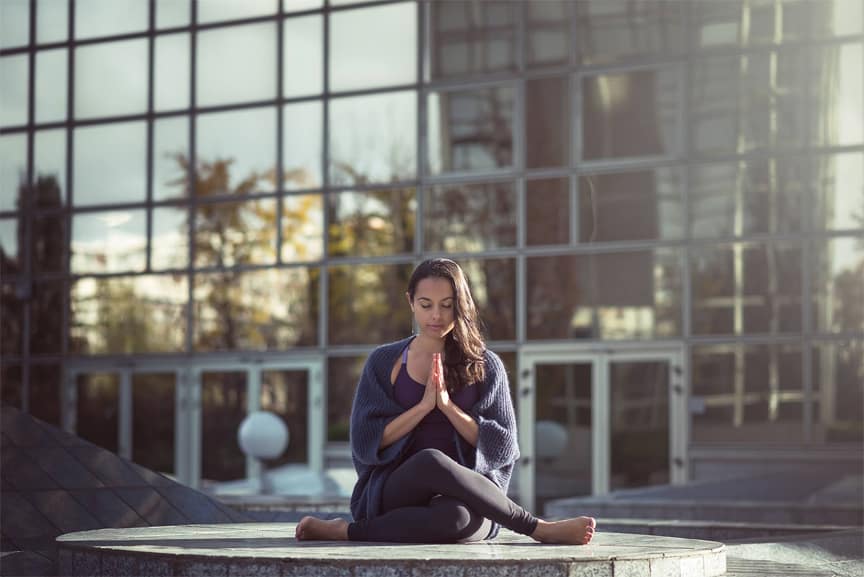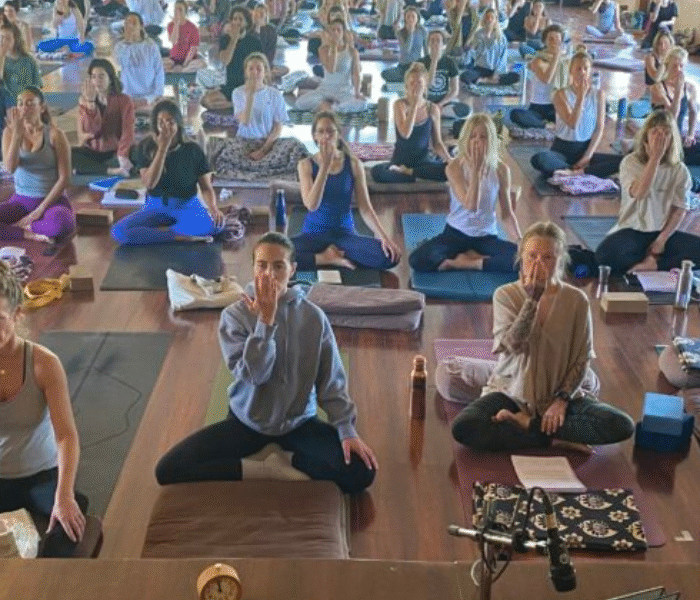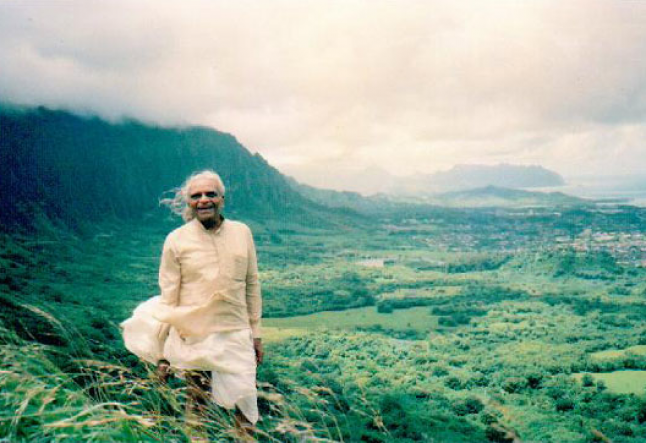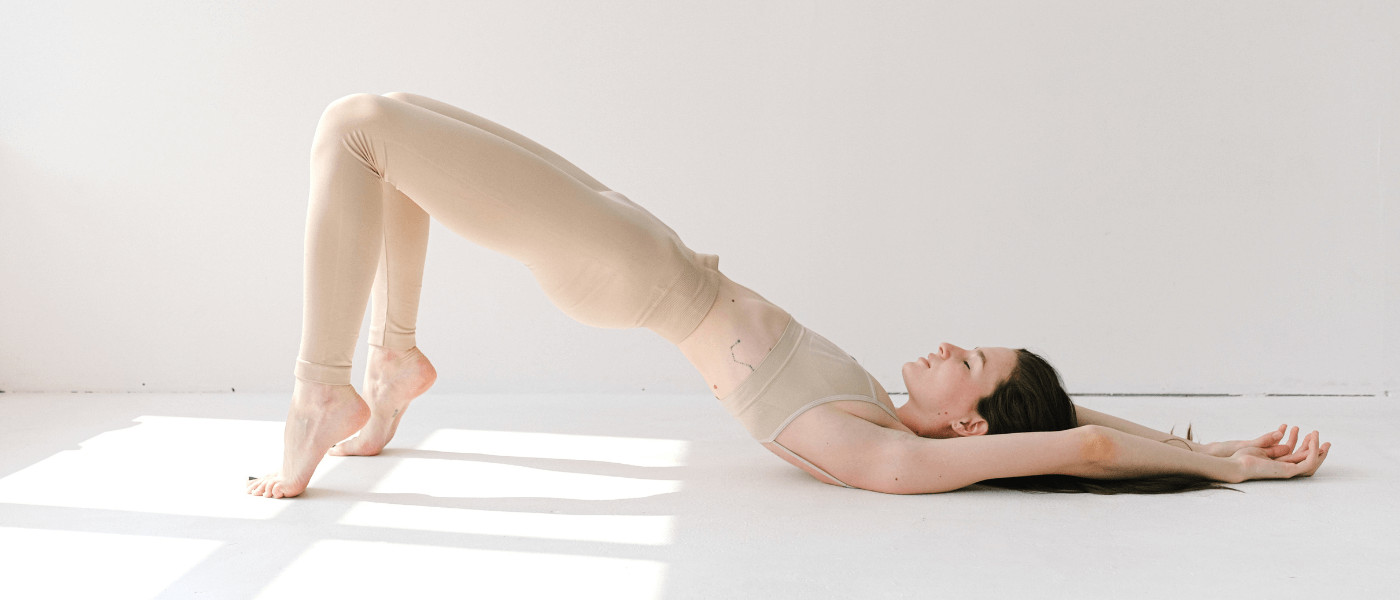introduction & benefits of yin yoga

Yin Yoga is perhaps one of the least known styles of yoga, particularly in the West, although there are now more and more classes appearing as consciousness continues to grow. Let’s explore some benefits of yin yoga here.
Yin yoga 101, the basics
The pace of Yin is a lot slower than other styles of yoga, which is another reason why it’s not as popular as more established styles like Ashtanga or Iyengar yoga. This view is however changing and many proponents of Yin now believe that it is actually one of the oldest forms of Hatha yoga.
What is Yin Yoga?
The primary focus of Yin yoga is to stabilize the energy in the body by focusing on the connective tissues, or fascia found deep in the soft tissues. These connective tissues, including tendons, ligaments, and aponeuroses, tend to be tight and stiff, creating a restricted body.
Also Read>>> Top 10 Best Online Yoga Teacher Training
Yin aims to loosen up these tissues, increasing their flexibility and pliability. According to the origins of the practice, the connective tissues are ‘yin’, and the muscles and blood are ‘yang’ – the two must be balanced with each other to achieve tranquility.
The origins and theory of Yin come from Taoism, which is a philosophical and religious system seeking to provide a holistic view of reality. Yin and Yang effectively diametrically oppose each other in much the same way as light and dark, or the sun and the moon.
Also Read >>> Why Yin Yoga can be so Hard?
In the physical sense, Yang activities would include exercises like running, cycling or more vigorous yoga styles like Ashtanga, whereas Yin activities would be more gentle and calming. The practice of Yin yoga is seeking to counterbalance the challenges of an active lifestyle.
The origins of Yin Yoga
Yin Yoga was originally introduced to the West by Paulie Zink in the 1970s. The style was then modified by Paul Grilley and more latterly by Sarah Powers. In the UK, Simon Law has also contributed a great deal to the practice of and education surrounding Yin.
The practice has never been formally trademarked and consequently, there is no single certification body of Yin yoga. There are currently an extensive range of programs and teacher training courses available, both with attendance and online study for those wishing to specialize.
The benefits of Yin Yoga
Due to the slow and calming pace, the benefits of Yin Yoga are very similar to those derived from meditation and relaxation activities. While holding poses for extended periods, students have the time to connect with the inner self to bring about tranquility from within. Many believe that because of the pace of modern life, particularly with the influence of technology and social media, there has never been a bigger need for programs like Yin yoga, which effectively enable students to unplug themselves from the outside world and recharge their physical, mental and Pranic bodies.
Also Read>>> Online Yoga Programs
The Pranic benefits of Yin yoga are considerable. The practice targets meridians, which in classical yoga texts would be referred to as ‘Nadis.’ The Nadis are effectively the energy channels through which prana (life force) pass through to nourish and energize the body. Of the fourteen most commonly cited meridians, six begin or end in the feet. It is these meridians that are most commonly targeted in a Yin practice to improve the flow of life force energy throughout the body.
What’s involved with a Yin practice?
The majority Yin activities are floor-based and only amount to around sixteen postures, unlike other styles of yoga where there can be substantially more. What also makes Yin yoga quite unique is that each posture can be held for anywhere between five and twenty minutes at a time. Unlike more popular styles, like Bikram and Rocket yoga for example, where the movement between postures is quite quick and physically demanding, Yin is more calming and restorative in its approach.
Also Read >>> Yin Yoga & The Art of Letting Go
Many consider Yin to be an easy alternative to other styles of yoga – it’s far from easy. In fact, the Yin practice is at times quite uncomfortable and is designed to take students out of their physical and mental comfort zone.
Principles of Yin Yoga
Like many other forms of yoga, the practice of Yin seeks to create a deeper and stronger union between the physical, mental and Pranic bodies. In order to achieve this goal, however, students need to adhere to the following four principles:
1) Be aware of your own limits
Students should never try to push their bodies into a position where it could create pain, or where the muscles fight against the movement. Students should move slowly into each pose to better help the muscles and connective tissues to relax.
2) Be still
When students get into a pose correctly it is recommended not to wriggle around or fidget. In Yin, the goal is to attain the stillness that isn’t always present in styles of yoga.
3) Be patient with progression
Those who are new to Yin should aim to hold each posture for between one and three minutes. Those more advanced students can aim for five minutes or more, depending on their ability. Move slowly in and out of the posture.
To depart
Enjoy the moment, take time for yourself, slow down, pause, relax, you don’t have to achieve anything, or go anywhere. Let time stop while you practice your yin yoga.




